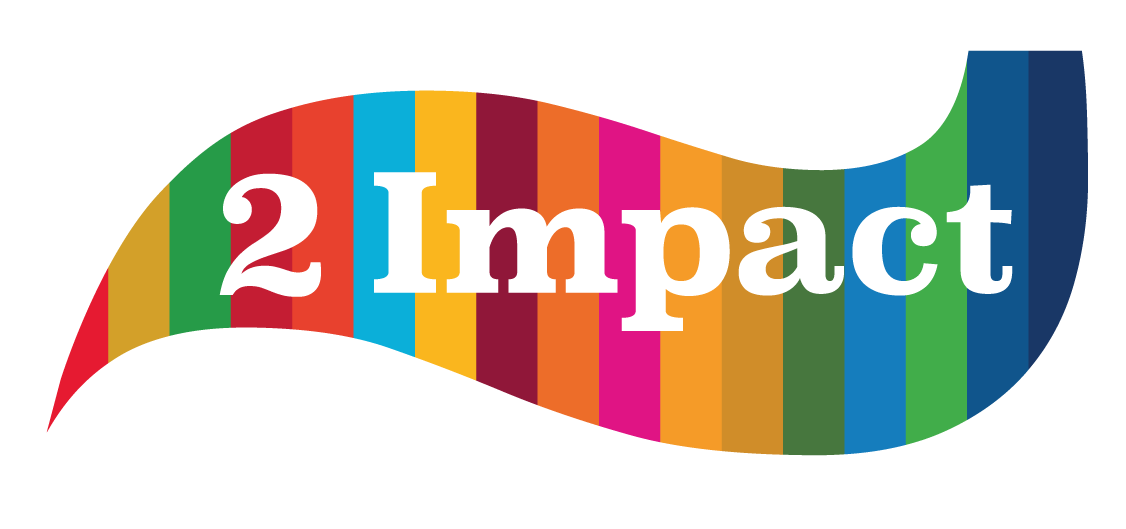In-depth interview on double materiality with 2Impact’s Managing Director Nishant Parekh, specialized in sustainability reporting, circularity and double materiality.
Can you explain what double materiality is and how it differs from single materiality?
The term ‘double materiality’ refers to examining materiality from two perspectives: impact perspective and financial perspective. Firstly, impact perspective considers how a company’s activities, products, and services affect the environment, people, and the economy, including human rights.
Financial perspective examines how ESG (environmental, social, and governance) topics affect a company’s enterprise value in short, medium and long-term. This definition is broader than the traditional definition of materiality in financial reporting.
A WBCSD study highlighted that more than 50% of companies capture stakeholder and financial perspective, while only 7.5% use the impact perspective.
Determining materiality based on both impact and financial perspectives is mandatory under the Corporate Sustainability Reporting Directive (CSRD).
How is double materiality relevant to businesses today?
In today’s business landscape, it is becoming increasingly important for companies to become purpose-driven and contribute to society while making profits. The previously neglected impact perspective becomes more critical. There are three key drivers: 1. changing market dynamics; 2. increasing stakeholder pressure; 3. upcoming regulations, such as the Corporate Sustainability Reporting Directive. These make double materiality more relevant for businesses than ever.
Which businesses have to report on their double materiality assessment?
CSRD, and therefore application of double materiality, is applicable to all large companies, SMEs and EU-based subsidiaries. The effective date differs.
January 2024 for all listed companies with over 500 employees
January 2025 for large non-listed companies
January 2026 for listed SMEs
January 2028 for EU-based subsidiaries
What is the process for starting a double materiality assessment?
Nishant: For a successful double materiality assessment, we advise companies to define underlying principles and set clear objectives. This includes
- defining the purpose and objectives of double materiality assessment
- determining the perspectives (impact, financial, and stakeholder) and time-horizon
- identifying key stakeholders
- exploring synergies with risk management and strategy-making processes
- defining clear ownership, roles and responsibilities
That sounds like a pretty complicated process. What are the most common problems companies face when performing their double materiality assessment?
Three key challenges come to mind.
- Knowledge and understanding of materiality in the sustainability context. It takes time to education various parts of the organization.
- Siloed approach. The materiality process is often separate from the risk management and strategy-making
- Lack of detailed implementation guidance. Current regulations are high-level and leave room for interpretation, making it difficult for companies to execute the assessment effectively.
What’s your view on businesses that comply with current regulations and those that go beyond and drive sustainability within the organization?
Compliance should not be the driver. Purpose-driven companies that want to contribute to society should go beyond compliance. This means leading by example, setting the right programs and KPIs, governance mechanisms, and integrating sustainability across different departments. Of course, compliance is essential, but companies that want to lead the way in the coming years should focus on embedding sustainability into their purpose and strategic imperatives.
Would you say that double materiality is a lens through which companies view their sustainability efforts?
Nishant: Sort of, but I would phrase it differently. The sustainability lens has become increasingly important in recent years. Double materiality is a way to bring sustainability impacts, risks and opportunities in a company’s risk management and decision-making processes.
Can you share insights on which company processes that can be aligned or integrated with materiality assessments?
For example, if your organization updates its strategy every five years, aligning the materiality cycle with strategy cycle is ideal.
Next, if your company is conducting risk management annually, having the sustainability team provide input to the risk team will help bring the impact (inside-out) perspective and views of stakeholders.
Integrating sustainability into existing processes is critical to structurally embedding sustainable thinking and action within the organization.




